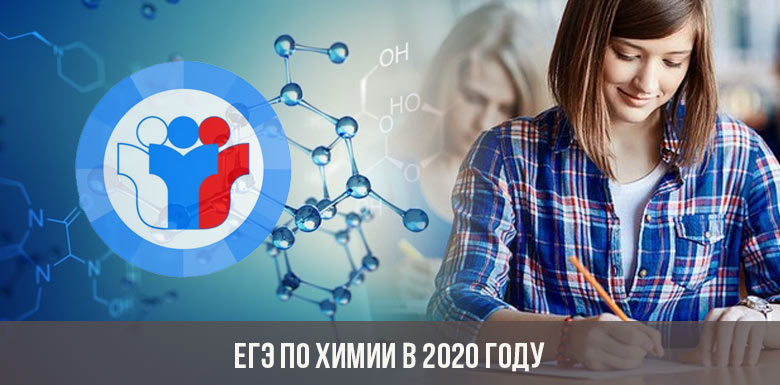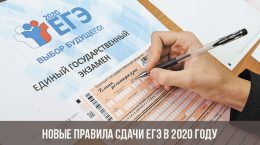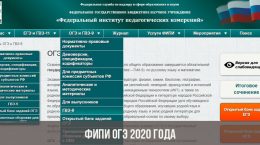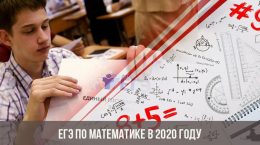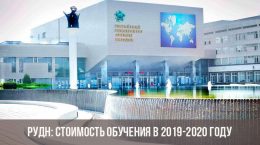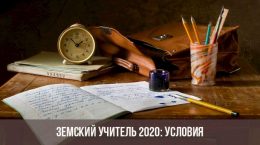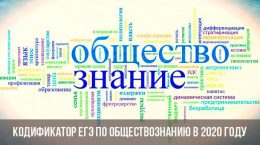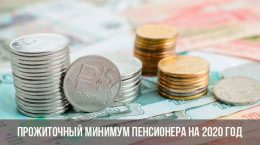Content [Hide]
For everyone who will pass the final exam in chemistry at the USE 2020, we have gathered basic information about whether there will be changes in the structure of the CMM and the format of the test in the upcoming GIA-11 season, what will be the date in the preliminary and main periods, how to organize the preparation and when you can retake the exam.
Who needs to take chemistry?
The number of compulsory disciplines in 2020 has not changed, which means that chemistry, as before, will be among the exams of choice.
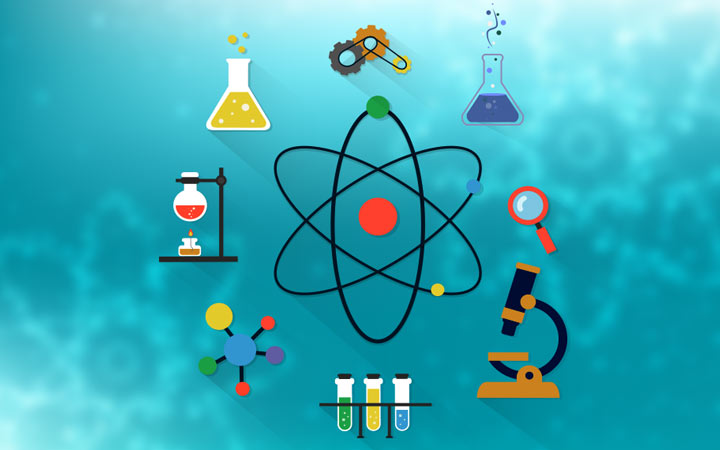
In 2019, chemistry was on the 5th place in popularity. Of the 720,000 participants in the USE, only 110,000 wanted to receive a certificate in this subject, of which 89,000 were graduates of the 11th grades of the 2018-2019 school year.
In 2019, the average mark of a discipline certificate was 56.7 points. The result was significantly influenced by a fairly large number of examinees who could not overcome the minimum threshold - such 14.4%. Over 80 points were able to score 11.5%.
Such statistics indicate that chemistry is not the easiest exam in 2020, and although there are no changes in the new season, thorough preparation should not be neglected.
Chemistry as the exam of choice at the GIA 2020 should be chosen if you want to continue training in such areas as:
- medicine and pharmacology;
- chemistry (as a science in all its diversity);
- biochemistry;
- ecology;
- agronomy;
- materials science (light industry);
- construction (some engineering specialties);
- Pedagogy (Faculty of Chemistry and Biology).
More information about the certificates that will need to be submitted upon admission can be found on the website of the university of interest to you.
the date of the
IN early period chemistry can be delivered on such days:
- main exam - 04/06/20 (Monday);
- reserve - 04/08/20 (Wednesday).
IN main period GIA 2020 for the exam in chemistry three dates are reserved:
Test | date | Day of the week |
Core exam | 08.06.20 | Monday |
Reserve (chemistry) | 30.06.20 | Tuesday |
Reserve (all items) | 03.07.20 | Friday |
Please note that in addition to chemistry these days it is assumed the exam in social studies. This means that those who wish to pass both subjects will have to pass the test in one of the disciplines during the reserve period.
Important! In September 2020, chemistry can no longer be retaken. Last retake - July 3 (reserve day of the main period).
Exam 2020
The last 3 years of the Unified State Examination in Chemistry have not touched on reforms, and the test format for 11th graders in 2020 will be similar to the exams 2019 and 2018. According to Olga Vasilyeva, which is shared by experts from the field of education and school teachers, the stability of requirements and the invariability of standard tasks should contribute to better training of graduates.
The first stage of preparation for the final exam is an acquaintance with the regulatory documents, the GIA-11 regulations, the structure of the CMM and the features of evaluating the examination work in 2020.
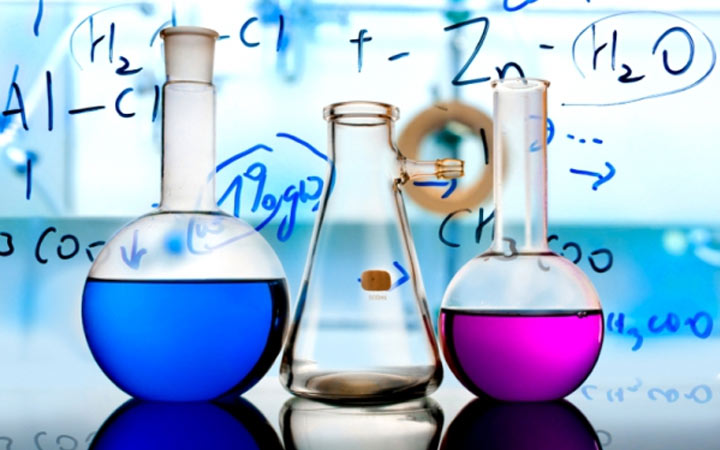
Format and regulations
For the 2020 exam, the following basic standards will remain relevant:
- duration - 3 hours 30 minutes (210 minutes);
- number of tasks - 35;
- maximum primary score - 60;
- the minimum score required to obtain a certificate is 36 (out of 100);
- additional materials - a calculator (without the ability to program actions) and 3 main tables: Mendeleev, solubility of salts and acids, as well as an electrochemical series of metal stresses.
CMM structure
The questions proposed in the ticket will cover the following 5 main areas:
- theoretical basis;
- inorganic chemistry;
- organic chemistry;
- methods of knowledge in chemistry;
- reaction formulas and equations.
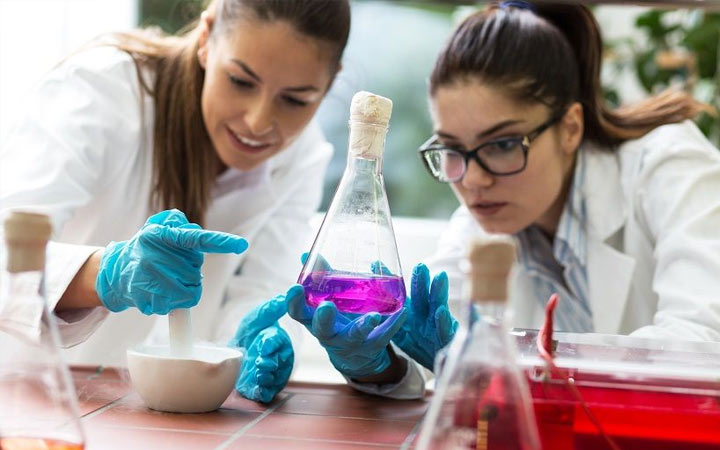
All 35 tasks will be distributed between the two parts of the work as follows:
Part | Qty | Feature |
І | 29 | Short answer |
ІІ | 6 | Detailed response |
So, in the first part, the examinees will meet 21 questions of a basic level of difficulty and 8 advanced levels, and in the 2nd part - only 6 tasks of a high level of complexity.
Although officially FIPI announces the absence of any changes, a detailed review of the 2020 demo version of KIM reveals some differences. So, in tasks No. 30 and 31 of the 2nd part:
- 6 substances are proposed in the list (in 2019 there were 5 of them);
- slightly changed the wording of the questions;
- clarifications have been made regarding the reaction conditions, narrowing the number of correct answer options.
Whether the new wording will help graduates or will complicate the implementation of one of the most difficult tasks of the USE even more will show time. Exactly one thing - during the preparation for this moment it is worth paying special attention.

Grading
Having completed all 35 tasks perfectly, the examiner will be able to score 60 primary points, which after translation according to the established scale will be interpreted as 100 points for the USE certificate.
The distribution of the maximum points for the correct answer to the questions of the 1st and 2nd blocks of KIM will be as follows:
Accrued points | Questions and Tasks |
1 | № 1-6, 11-15, 19-21, 26-29 |
2 | № 7-10, 16-18, 22-25, 30, 31 |
3 | № 35 |
4 | № 32, 34 |
5 | № 33 |
Remember that the answers entered in form No. 1 will be scanned and checked automatically. Carefully read the rules and examples of filling out the form presented at the beginning of KIM. The second part of the work will be checked by two independent experts, guided by clear instructions developed by the FIPI. If the opinions of experts differ significantly, the work will be given for examination to a third specialist, whose opinion will be decisive.
Although officially the result of the exam is not translated into a 5-point system, such a table still exists. You can find out which school grade corresponds to your result, guided by the following ranges of compliance:
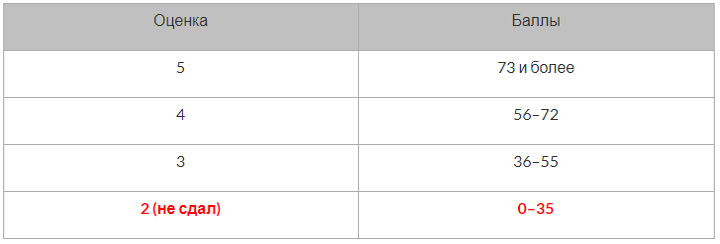
Training
Chemistry, along with physics and mathematics, refers to subjects that cannot be learned “from scratch” in a few months, so the main key to success for a graduate can be called a systematic study of the subject from the first years of its introduction. Although, it will be wrong to say that at the exam in chemistry in 2020 only students of specialized classes can become high school students, because anyone has a chance to get close to 100 points if the training is started in a timely manner and the classes are systematic.
You have already learned the basics of the upcoming exam and the structure of KIMs. Further steps on the path to success should be:
- study of theoretical foundations on all topics;
- solving typical tasks from the open base of the FIPI website;
- demo solutions for 2019 and 2020.
At the preparation stage, it is worth considering the recommended timing of performing a certain type of task:
Level | Time |
Base | 2-3 minutes |
Elevated | 5-7 minutes |
Tall | 10-15 minutes |
If tasks of a high level of difficulty are difficult for you, see free online lectures by experienced tutors and demo versions. We suggest starting with a detailed analysis of the solution to task No. 30:
Do you need a tutor? You can answer this question yourself by solving one of the demo options or by working through tasks from the FIPI open bank. If you can easily cope with emerging issues by drawing on theory and practical advice from available sources, and the school teacher is always ready to answer your questions, then you can focus on intensive self-study.
But, there are times when without the help of an experienced teacher you can forget about a good result. So, you need a tutor if:
- there are significant gaps in knowledge;
- it is difficult for you to perceive the material when you study it yourself;
- you quickly lose motivation to prepare;
- it’s hard for you to set aside time for regular classes.
You can understand whether the Unified State Exam in Chemistry is difficult or not really for you personally by looking at a review of the 2020 demo:
Read also:

